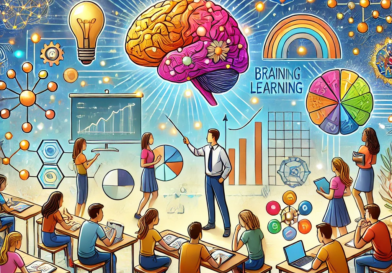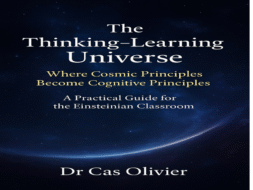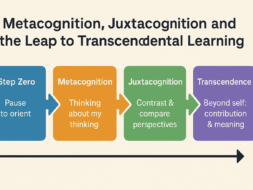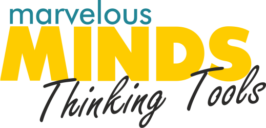Click to find supportive research on brain-based teaching and learning:
With Marvelous Minds, education has entered an era where it can boldly align itself with the methods of scientists uncovering the universe's mysteries.
The Marvelous Minds ’s emphasis on thinking tools and brain-based learning reflects this transformative approach, equipping learners to explore, question, and discover with the same rigor and curiosity as those unlocking the secrets of galaxies and black holes."
The scientific approach to uncovering the origins of the universe and understanding black holes aligns closely with Marvelous Minds’ emphasis on thinking tools and brain-based learning in several profound ways:
1. Focus on Understanding Mechanisms Over Memorization
- Scientists aim to understand the mechanisms behind phenomena such as the formation of galaxies, supermassive black holes, and star evolution. They don't just gather facts but seek to figure out how and why these processes occur.
- Marvelous Minds advocates for teaching students to focus on figuring things out rather than rote memorization. His methods encourage learners to use their natural thinking tools to develop deeper, transferable understanding, just as scientists construct theories and challenge assumptions.
2. Surface to Deep Thinking
- In cosmology, researchers often begin with observational data (surface thinking) and then delve into complex theories (deep thinking) to explain what they observe, such as how galaxies could form so quickly after the Big Bang.
- Marvelous Minds’ use of tools like the tree map for surface thinking and bridge maps for deep thinking reflects this process. Marvelous Minds teaches students to gradually deepen their understanding, mirroring the scientist's transition from data collection to theoretical modelling.
3. Iterative Learning Through Evidence
- Scientific discovery is an iterative process—hypotheses are tested, refined, or rejected based on new data (e.g., findings from the James Webb Space Telescope). Theories evolve as more is understood about phenomena like black holes or early galaxies.
- The Marvelous Minds approach emphasizes continual refinement of understanding through formative assessments. Like scientists, students learn to test their ideas against criteria and improve over time, guided by feedback.
4. Embracing the Unknown and Curiosity
- Scientists embrace uncertainty and actively explore the unknown (e.g., investigating black holes that grow faster than expected or challenging the idea of supernova-only black hole formation).
- Marvelous Minds encourages learners to explore, question, and make comparisons to build curiosity and resilience in problem-solving. Their Marvelous Minds methods foster a mindset similar to that of scientists who thrive on curiosity and exploration.
5. Use of Thinking Tools
- Cosmologists and physicists use conceptual models and simulations (thinking tools) to map out theories about the universe and black holes. These tools allow them to visualize and test ideas.
- Marvelous Minds s methods leverage tools like bubble maps, tree maps, and bridge maps to help learners structure and refine their thoughts, encouraging them to approach learning systematically, just as scientists approach research.
6. Interdisciplinary Synergy
- The study of the universe often requires interdisciplinary collaboration—combining physics, chemistry, mathematics, and technology.
- The Marvelous Minds approach to anti-silo teaching mirrors this by emphasizing synergy across disciplines, showing students, how different subjects connect, much like the interconnectedness in scientific inquiry.
In Summary The scientific approach to the universe and Marvelous Minds thinking tools share a foundation in promoting deep thinking, iterative refinement, and curiosity-driven learning. By focusing on how the brain learns and encouraging "learning to figure out," Marvelous Minds' methods mirror the ways scientists uncover the mysteries of theation Now Claims the Same Approach as Scientists Unlocking the Universe
Ready to Transform Your Classroom?
You don’t have to figure this out alone. Thousands of educators are already making the shift and seeing results they never thought possible. Join the movement today and reclaim the joy of teaching while empowering your students to thrive.
Visit Learning Designs to learn more and take the first step toward a new era of education.
The Marvelous Minds’s emphasis on thinking tools and brain-based learning reflects this transformative approach, equipping learners to explore, question, and discover with the same rigor and curiosity as those unlocking the secrets of galaxies and black holes. Don’t wait—start your transformation today! Don’t wait—your students and your career deserve better!
Let’s change the way we teach and learn, together.







